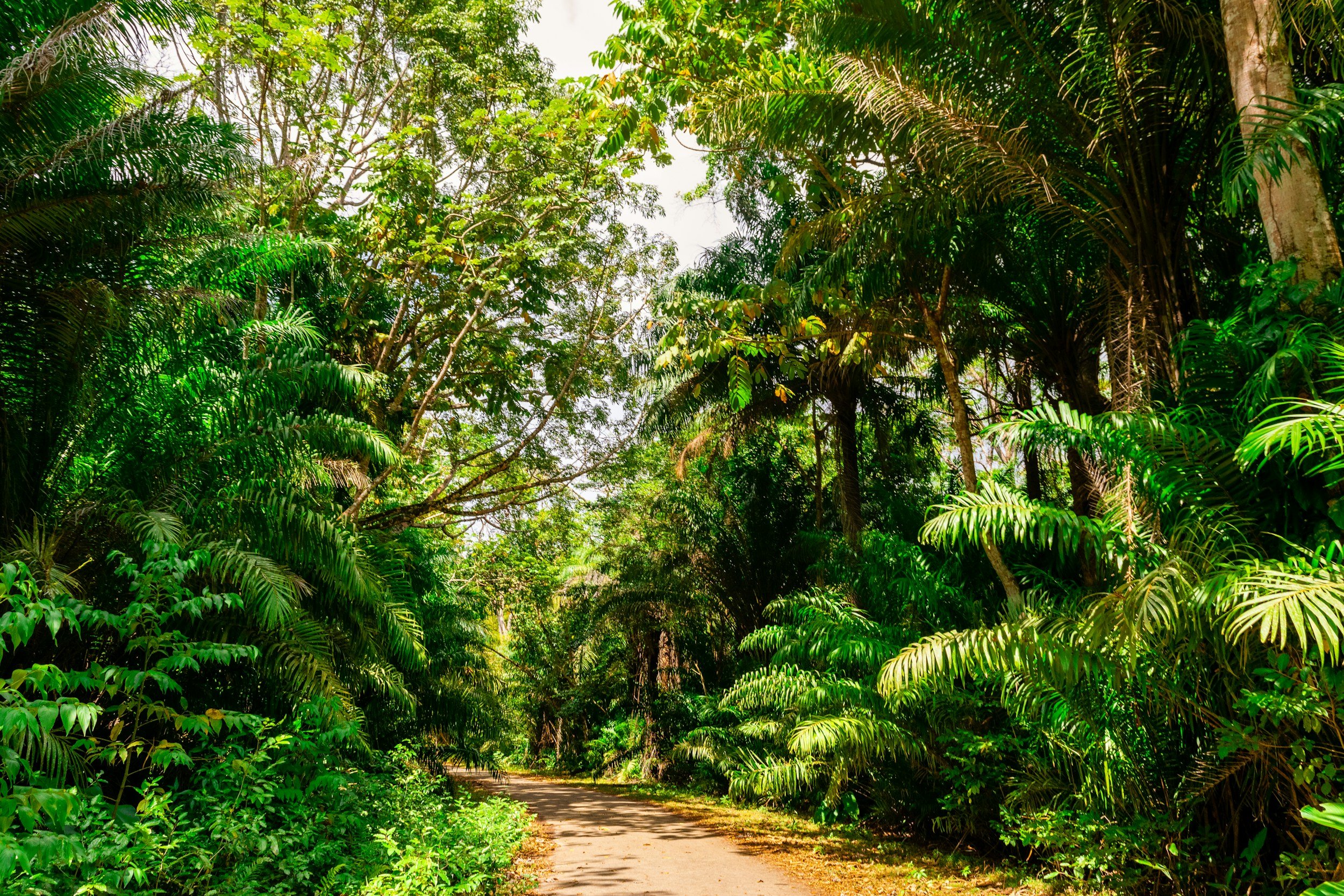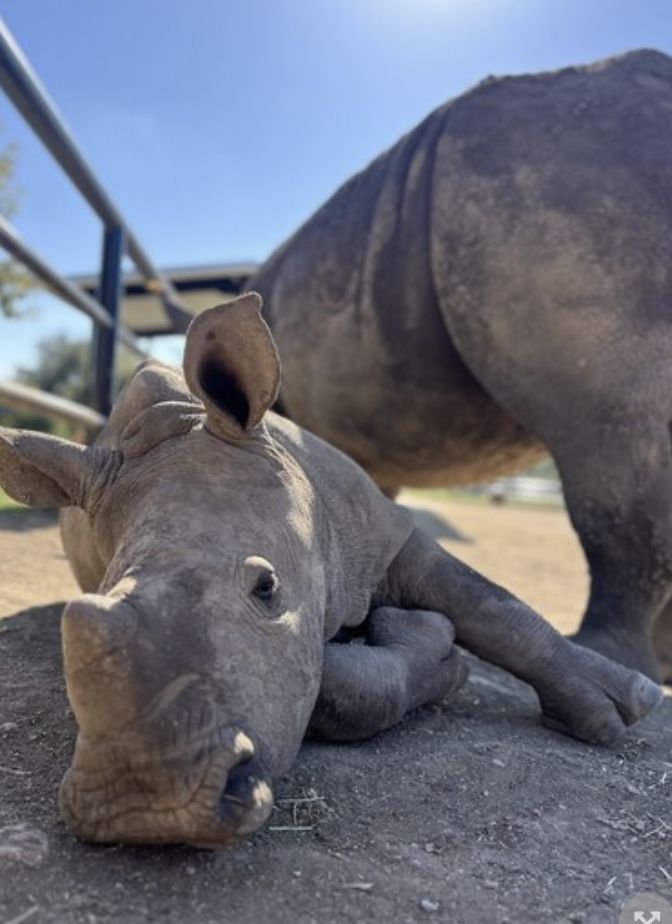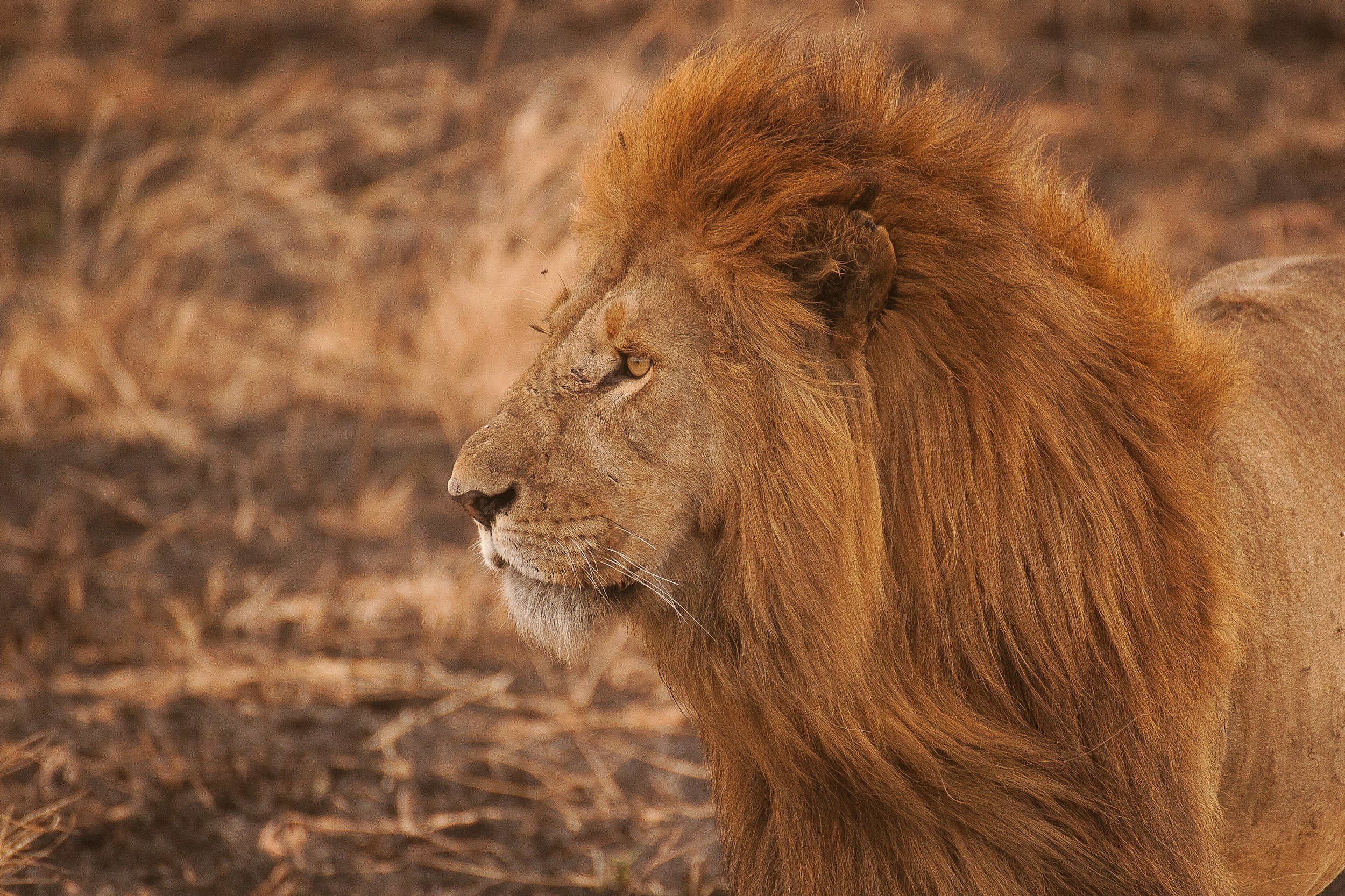

The road ahead: Why conserving the invisible 99% of life is fundamental to planetary health
A new paper outlines how scientists came together to put together the first microbial conservation roadmap under the leadership of Applied Microbiology International President, Professor Jack Gilbert.

Artificial Wetlands Could Save the Axolotl—And Revolutionize Wildlife Conservation
A new conservation breakthrough could change the fate of one of the world’s most endangered animals—and reshape how we save species in the age of climate change. Captive-bred axolotls, the gilled amphibians native to Mexico, are not just surviving but thriving in artificial wetlands, according to a new study published in PLoS ONE.

Protected habitats aren’t enough to save endangered species
Tropical forests contain the majority of Earth’s biodiversity, but they are also home to high concentrations of threatened species. Worldwide, governments are committing to establishing more protected wildlife areas through initiatives like the Kunming-Montreal Global Biodiversity Framework, but there is evidence to suggest that species within such protected areas might still be impacted by threats outside these borders. In this study, Greco and colleagues assess how mammalian communities are impacted by wide-ranging anthropogenic impacts.

Rat bait proving lethal to endangered Australian species
Rat and mouse baits commonly used around the home and in the workplace could potentially wipe out as many as nine species of endangered Australian marsupial carnivores, including the iconic Tasmanian Devil and all of Australia’s quoll species, new research from Edith Cowan University (ECU) has found.rat

Two Rhino Births in a Year? Meet the Baby Rhinos Helping Fight Extinction
Natural Bridge Wildlife Ranch (NBWR) celebrates the birth of Rudy, a southern white rhino, marking the second successful birth in less than a year. With rhino populations threatened by poaching, NBWR’s breeding program stands as a beacon of hope for conserving this vulnerable species.

South Africa’s controversial lion farming industry is fueling the illegal international trade in big cat bones
A new research paper published in the scientific journal Nature Conservation has uncovered concerning activities within South Africa's captive lion industry, shedding light on the urgent need for comprehensive governmental action.
The study by World Animal Protection, conducted through direct interviews with workers at two closed-access lion facilities in South Africa’s North West Province, reveals disturbing practices. These include:

